When one imagines Ireland, nothing comes but dominant images of natural beauty and a mythological charm. Since most things have positive and negative elements to the character, we uncover The Irish Famine- An Atlantic Tragedy.
From loss, pain and a will to survive, a remarkable story of endurance unfolds.
The Great Famine

Initially, life for Irish citizens worked well into the early nineteenth century as food became plentiful. For example, the growing popularity of the potato gained a dominant status as a main source of food for the inhabitants.
Furthermore, as this crop was introduced by high and royal class societies, individuals began to reap the benefits of this item. This provided a decent amount of time for Irish individuals to function in their daily lives and maintain their health.
But from the years 1845 to 1852, society, as many knew, began to change indefinitely. Suddenly the potato crops began to fail when their appearance was met with an unappetizing appearance with unnatural black shades.
To add, the signs of fungus took over most crops, but some individuals continued to consume and pay the negative price. Also, many individuals did not take this incident seriously at first, as they thought it would pass quickly.
In sum, this served as the beginning of one of the greatest and most grim tragedies in the nation's history.
Village life in Ireland
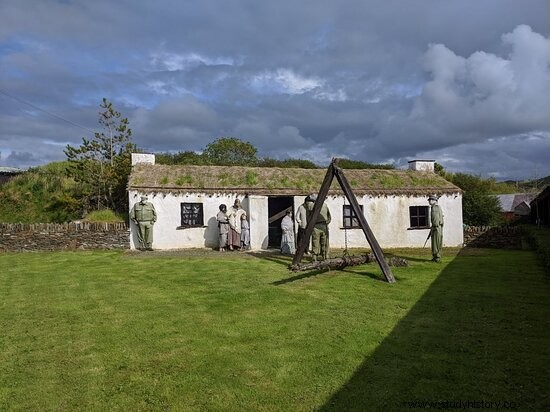
Then the life of villagers in this era was met with many anxieties and unfair treatment. During these years in Ireland, the country remained politically bound to Britain, which means that there was a setback.
In general, Anglo-Irish high-class individuals viewed native Irish individuals as the lower class in their respective territories. This led to inequality regarding economic factors such as housing, work and generally creating a stable life for oneself.
For example, many homes in Ireland were owned by upper-class British Protestants and inhabited by Catholic natives. Although famine was recognized as a temporary event throughout the history of the Emerald Isle, potato one of 1845 changed direction.
Soon, many residents began to stop being generous to each other as supplies began to become scarce. This turned out to be a terrible time to experience because hunger began to ravage the country.
To add, desperate families began eating the seeds of their potato crops to fight the starving pains that soon ensued. Essentially, this famine will continue with further tragic consequences.
A fungus from abroad destroys a nation

Furthermore, the origin of the fungus that began to destroy the crops on the emerald island turned in many directions. The real name of this phenomenon became known as "Blight".
In addition, this fungus was thought to originate from the Toluca Valley in Mexico and soon spread abroad through international trade. In general, most potatoes and other crops in Ireland became impermeable to damage from previous fungi, but not this one.
For example, crops in other territories that traded with Mexico also experienced failures in their agricultural activities. Unfortunately, these reports and incidents from the island beyond were overlooked by the British elite as it was seen as exaggerated.
Without a doubt, this fungus was fatal when seventy-five percent of the potato crops were lost to Blight in 1846! Unfortunately, this trend did not get under control, as most of the inhabitants were dependent on potatoes as their main source of food.
For example, the famine only caused a further shortage of food as seeds became scarce. Followed by families who cook nettles and eat them in a form of broth.
All in all, the Irish Potato famine destroyed the stability and well-being of many people.
The Irish Storm
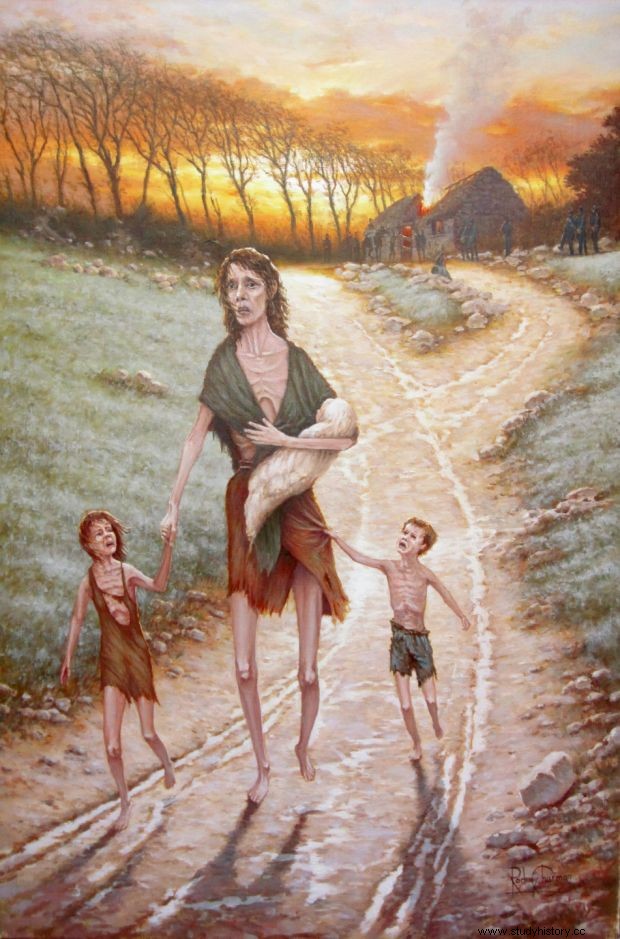
Moreover, as the great famine began to take its toll on citizens' daily lives, regions began to divide. To illustrate, religion served as one of the main factors for those who suffered when the Protestant elites benefited.
On the other hand, the dominant Catholic society was weighed down by the effects of death, disease, and general tragedy. Another fact in this case is the poorer class who are experiencing the first effects of this catastrophic wave of famine.
For example, it soon became common for residents to discover the bodies of family members in their cabins. Furthermore, during the first year of this gloomy era, the cemeteries began to fill up, prompting the church to expand its burial grounds.
The new land that gave way to the lost souls became known as the "Famine Graveyard". Tragically, every village in Ireland has a cemetery from famine due to the catastrophic consequences of famine.
In summary, this is the tip of the iceberg for the atrocities many were subjected to during this terrible period.
Additional starvation effects on the inhabitants
Continuing from the new everyday atrocities experienced by Irish individuals, further in-depth events emerge. As more people succumbed to the pain of malnutrition, surviving descendants also struggled to bury them properly.
To illustrate, the living family members lacked the energy and strength needed to perform physically demanding feats due to malnutrition. With this in hand, local authorities became involved and helped by hiring unemployed people or prisoners to complete the act.
Another gloomy detail that happened during the famine was some individuals who left their homes to search for food and work. Along with this, they also died painfully and the trend of discovering countless corpses along the road became common.
Life became almost unbearable as walls became increasingly crowded with many inhabitants. One of the biggest consequences was that tenants were evicted from their homes because they could no longer pay rent.
This act became known as a death sentence because from there many followed a slow painful death. In short, the people of Ireland began to suffer in many ways imaginable.
Fight for survival
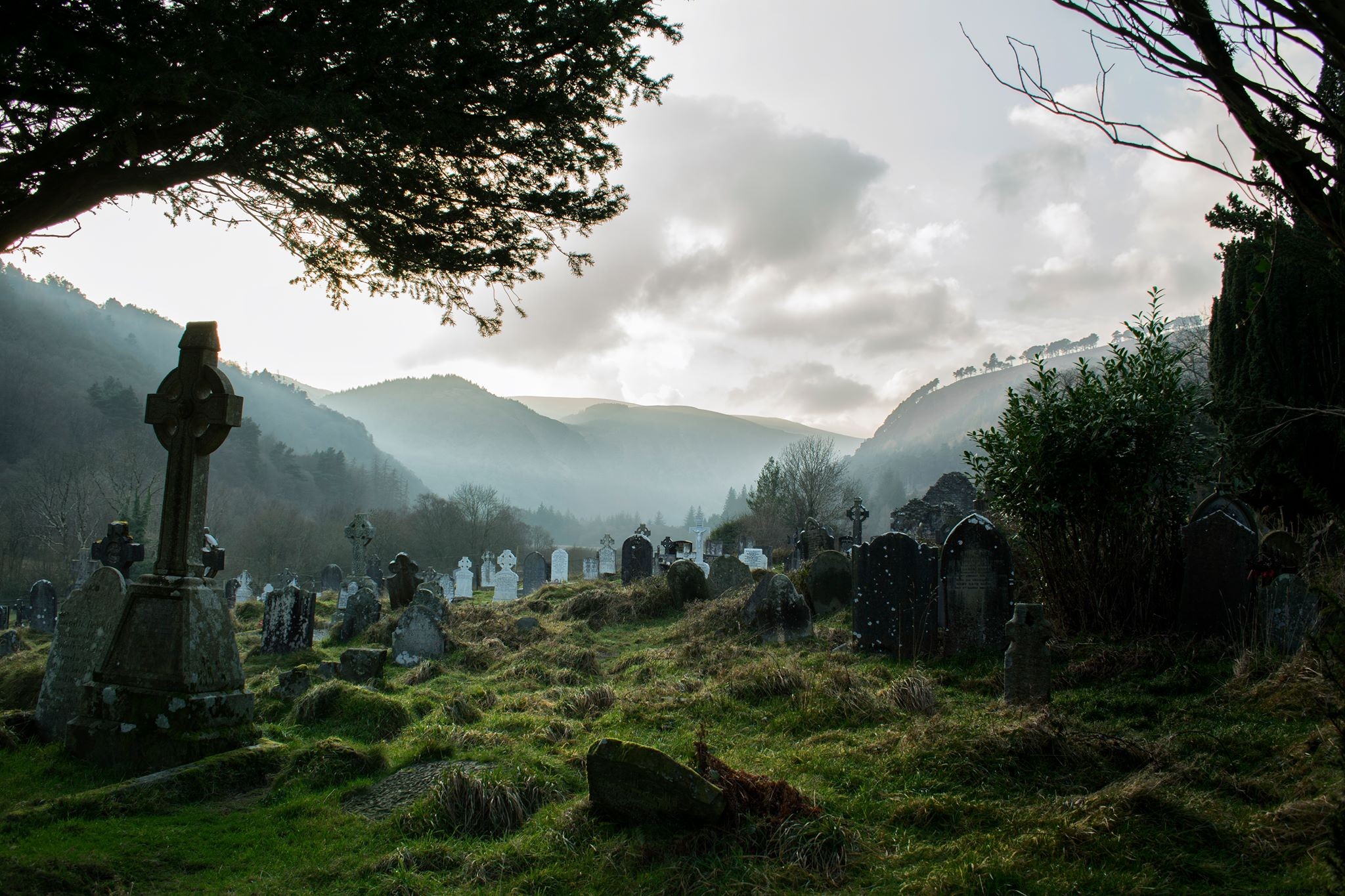
In addition to the atrocities experienced by the people of Ireland, many individuals began to suffer from suffering and tragedy. Of course, resources were limited, and options seemed scarce, but families soon began to emigrate from home.
From 1846 to 1852, over one million Irish citizens left their beloved country for North America alone! Another British colonial territory these individuals defied the sea for was Australia.
In addition to new world countries, the second dominant emigration took place in Great Britain from England, Scotland and Wales. This number varies from two hundred thousand.
In fact, as difficult times turned out to be on the emerald island, many Irish had no choice but to leave. Overall, survival was the key to progress and further development, even if it meant leaving the homeland.
The Great Famine The effects on Irish society changed forever as the country's population continued to decline. For the most part, these events served as a turning point in the nation's history.
Irish coffin ship
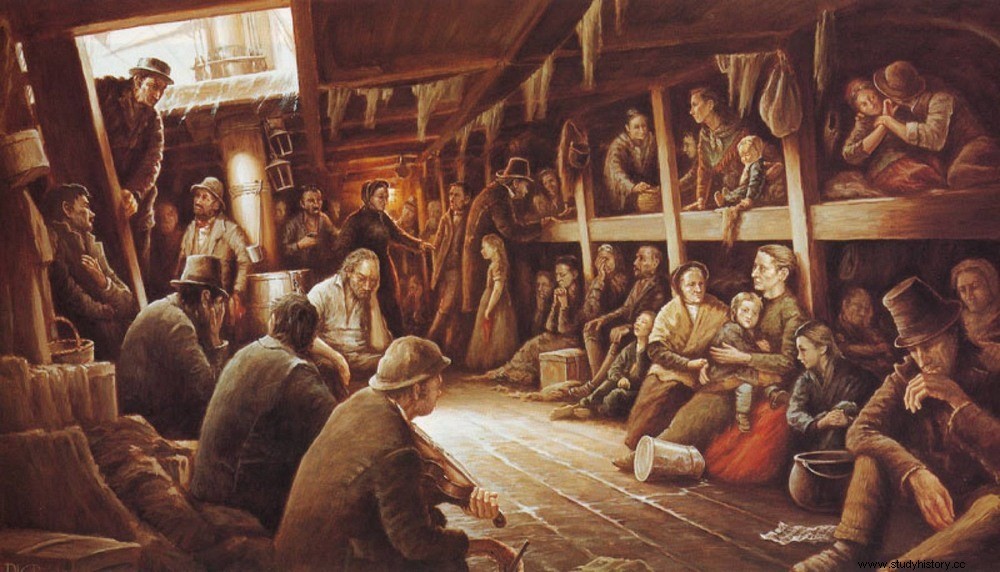
When the inhabitants of Inis Ealga (Ireland) bravely encounter the depths of the unknown sea, the development of Coffin Ships occurs. This term refers to the continuous disaster that accompanies desperate emigrants on their nautical journey.
To illustrate, the boats carrying residents were typically recognized for their harsh conditions of impurity. Furthermore, diseases such as typhus became widespread and those who were weakened by malnutrition were found to be more likely to die.
The victims who lost their lives on the coffin ships were simply thrown overboard into the dark and unknown sea. Another occurrence of tragedies starting during this period was vessels that were destroyed and sank in major storms.
Without a doubt, these journeys proved to be risky and fatal. The last detail of the coffin ships from Ireland comes from a notorious recording from the Canadian authorities.
After receiving a coffin ship on the coast, five thousand people are quarantined for precautions. In addition, the large number of emigrants dying from the disease who acquired their frail physical conditions.
Essentially, the famine turned out to be fatal with all the events that took place on these ships.
Settle abroad
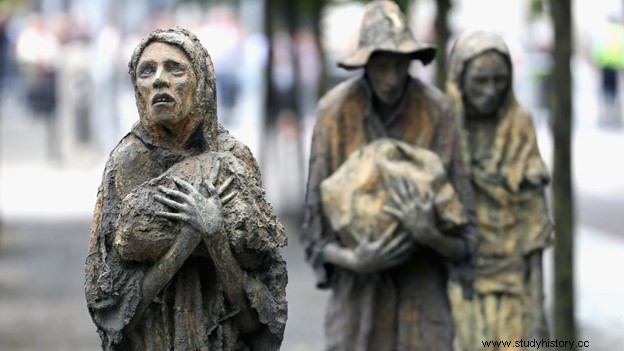
Equally important is the process of settling abroad for the survivors of this tragic event on the emerald island. Although most emigrants were absent from desperation, some found solace throughout Britain as they had relatives there.
Interestingly, the city of Liverpool, England, makes up the highest percentage of individuals with Irish ancestry, with seventy-five percent dominating. In addition to neighboring regions on the continent, emigrants find their way to Canadian provinces on the other side of the world.
For example, Montreal, Ottawa, Saint John and several large influxes of emigrants find refuge. On the southern side of the continent, famine victims find refuge in American cities such as Baltimore, Boston and New York.
The last group of emigrants traveling around the world lands in Australian cities such as Melbourne. Many of the 4,000 emigrants were recognized as orphaned girls who took the road as a desperate last resort.
To sum up, many of these places contributed to the growth of the Irish presence abroad as the homeland lost its population.
Additional Irish Shelters
In addition, the lives of many emigrants abroad proved to be a further struggle. While those in U.S. territories established neighborhoods and decent incomes, poverty continued to catch up with them.
To illustrate, the reputation of Irish was met with negativity as others describe them as drunks who were unable to have jobs. On the other hand, in Britain, many Britons continued to treat and look down on them.
The famine may have been over for those abroad, but that did not stop old tensions from continuing abroad. Most British neighborhoods with Irish residents struggled more than their counterparts, but that did not justify the unfair treatment.
If one topic were to become central to emigrants abroad, it would be perseverance. The journey at sea ends with the departure of a coffin ship, but a new one begins when you reach land.
For the most part, the survivors grew from the great hunger in character.
Causes of the Great Irish Famine
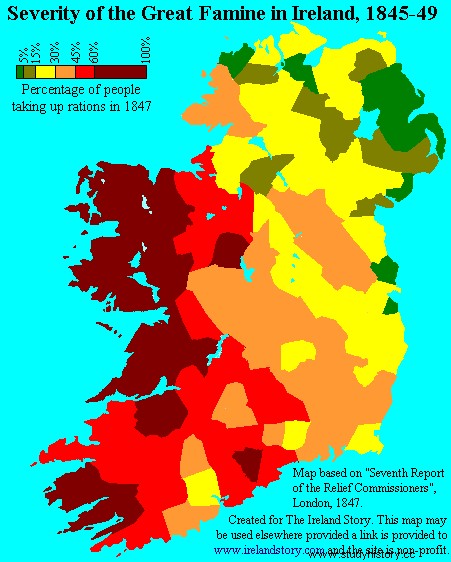
In addition to endurance citizens on the emerald green island, there is a revelation about the origin of the great famine. Although the mushroom mushroom comes from Mexico, sources point to the origin of American merchant ships arriving in Ireland.
With this in hand, individuals from the green country discover the nutritional benefits and the crop becomes a dominant food. Although this initially helped to improve a growing population at the beginning of the nineteenth century, no one expected a large turnover.
While most Europeans were on guard against the foreign crop, individuals in Ireland suffered the most. Interestingly, this potato from America on the European continent caused food shortages in other territories.
Although there are a number of debatable topics from class, politics, colonization and more, this explanation makes the most sense. All in all, the events of this tragedy marked a cruel mark on the history of Ireland.
Last Thoughts on Ireland's Hunger Tragedy

Finally, the last thoughts and reflections come about the devastating hunger that shook and overran this magical land. Although the true sum of the victims remains in the dark, it is known with certainty that 1.5 million people died.
Unfortunately, the people of Ireland have never fully recovered from this tragedy. Things are certainly better than in this painful period of modern times, but the lingering scars and traumas remain.
Interestingly, as a musical nation, a famous work called "Skibbereen" is recognized for highlighting the era. This is important because, despite the constant death and melancholy that is sweeping the country, culture prevails.
The song provides an intimate depiction of a family's ever-changing life when a father explains the situation to his son. Overall, the famine has transformed the face of Ireland, but in turn strengthened the people with wisdom.
Significance of the Irish Famine Disaster

In conclusion, from loss, pain and a will to survive, Irish individuals become central to motivation. Loss is never easy in any form, but it does work as a means to an end.
The great hunger serves as a reminder that perseverance and determination result in success. Although things may never look the same in the pre-hunger Society of Ireland, a rich culture continues to thrive.
Followed by a magical and light-hearted approach to life and its beauty.
Works cited:
Graham, Brendan and Eimar Quinn I'm the Voice . 1996
Mackula, Claudie Where everything ends, everything begins. 2013
Ziegler Von Adrian Ode to the Fallen. 2012
NATIVE HISTORY ASSOCIATION - The Irish Potato Famine and Choctaw Relief
We remember the 4,000 orphaned Irish famine sent to Australia (irishtimes.com)
Skibbereen (song) - Wikipedia
Doagh Famine Village &Visitors Center | One of Ireland's most unique and popular tourist attractions!
